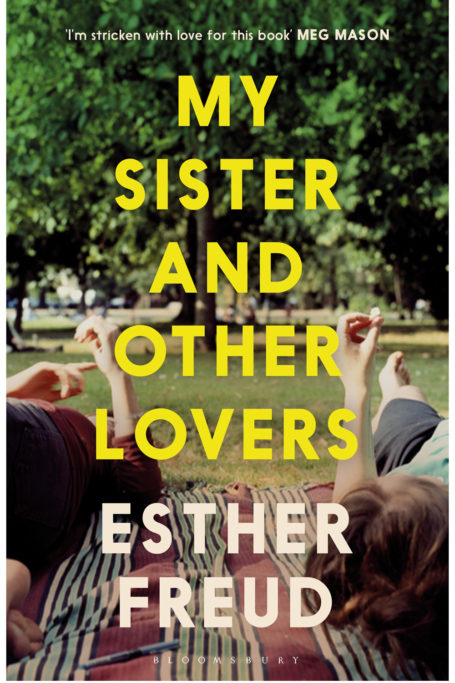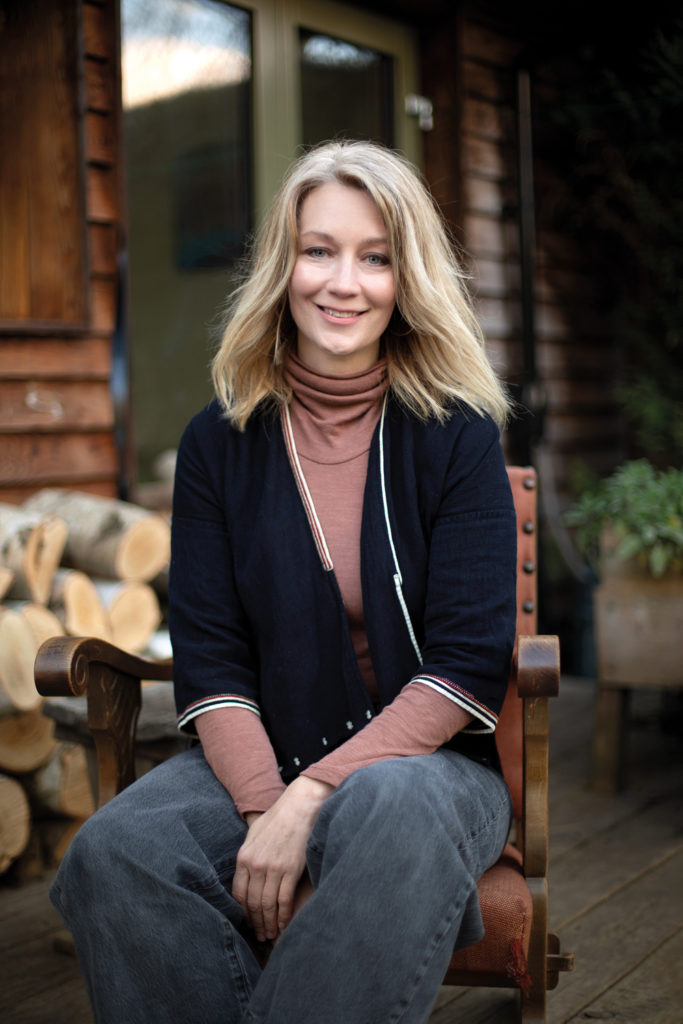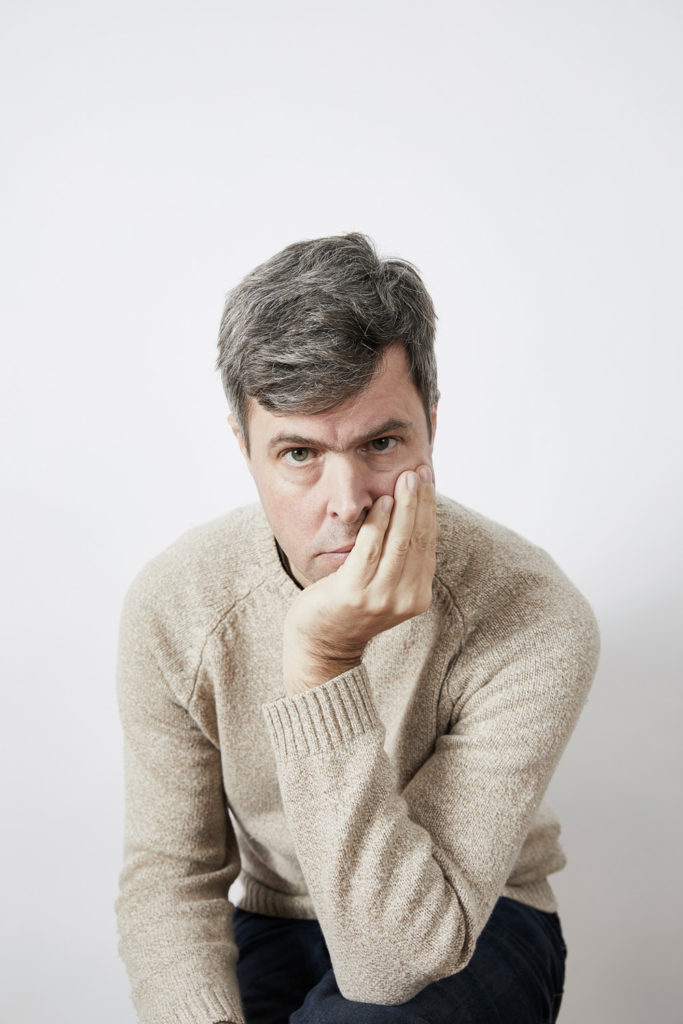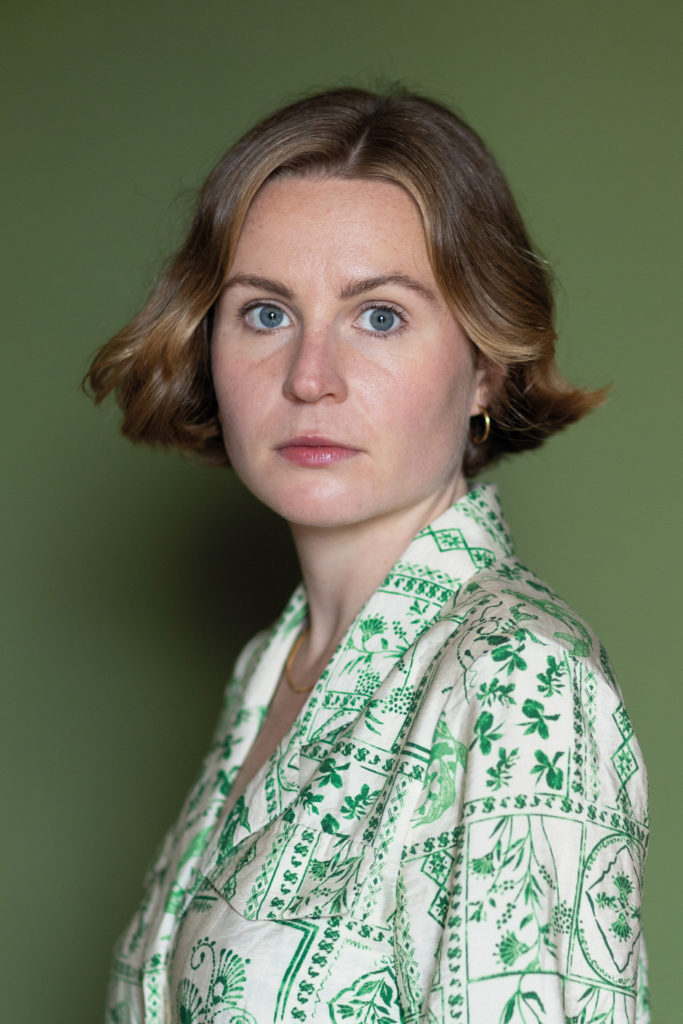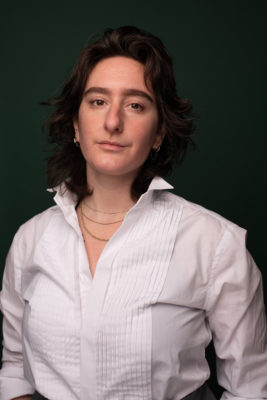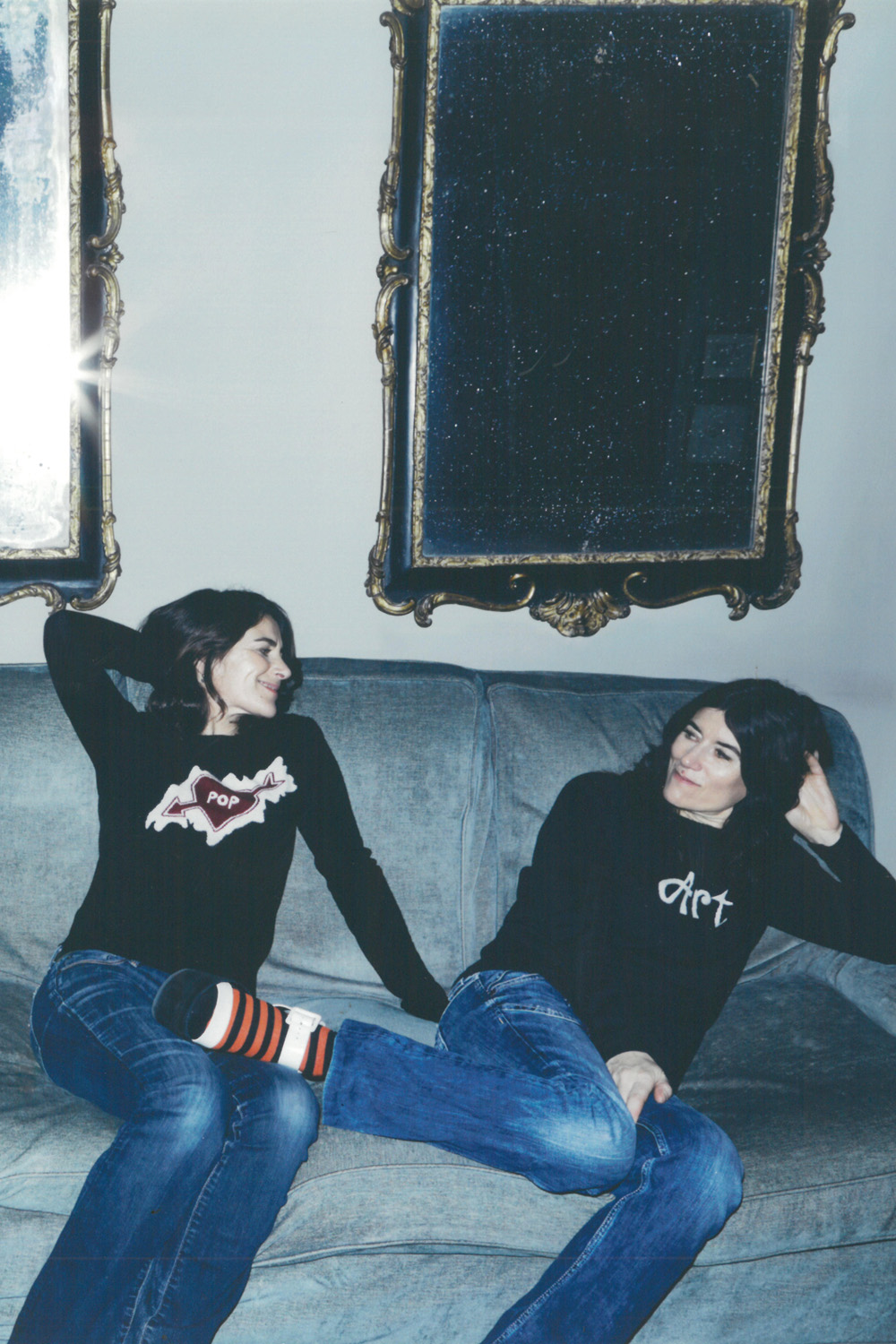
Between Sisters: Esther Freud On The Power Of Sisterly Love
By
10 hours ago
My Sister and Other Lovers is out today
As Esther Freud publishes her new novel – a sequel to Hideous Kinky (1992) that follows two sisters navigating life hampered by the legacy of their past – she tells Belinda Bamber how her father, Lucian, encouraged her to mine family drama for her fiction and why it is the powerful love between sisters that ultimately endures.
Esther Freud: My Sister And Other Lovers
Esther Freud is now a grandmother but looks half her age as she strolls in from the garden to make tea. This sunny kitchen in the seaside town of Walberswick has long been a refuge from her London life, a place for writing, cycling, walking and swimming under the huge dome of the Suffolk skies. ‘I’ve always been teased for being positive,’ she says, claiming her family groans when she urges them to come for a walk or jump into the North Sea in the rain, but she’s thrilled that local friends now join her in year-round sea-swimming. And she retains an endearing sense of wonder: ‘I still get a sense of absolute joy from walking in the hedgerows.’ For readers who loved her first novel, Hideous Kinky, it’s easy to imagine that Lucy, the spirited, imaginative, dreamy young narrator, would have grown up into this lithe, life-affirming matriarch.
The daughter of artist Lucian Freud, great-granddaughter of Sigmund Freud, younger sister of designer Bella Freud, and ex-wife of actor David Morrissey, with whom she has three adult children, this Freud has earned her own reputation as an award-winning writer, publishing nine acclaimed novels in 30 years. Her latest book, My Sister and Other Lovers, is a sequel to Hideous Kinky (1992), which followed a young unmarried mother taking her two daughters on a Marrakech adventure in the 1960s. It was inspired by the sisters’ own trip to Morocco with their mother Bernardine Coverley, and in 1998 was made into a film starring Kate Winslet.
My Sister and Other Lovers picks up Lucy and Bea’s story post-Morocco, opening when they’re on the ferry to Ireland to see their disapproving Catholic grandparents, a desperate measure for their penniless mother. From here, we follow the sisters as they grow up in Sussex in the seventies and then head to London for a rollercoaster of college, jobs and boyfriends, suffering many wrong turns along the way, hampered by the legacy of the past.
Surprisingly, Freud didn’t conceive of the latest book as a sequel and even used different names for the two girls and their mother in early drafts, ‘because the material felt too close and autobiographical’. But she changed her mind after her sister, Bella, read the proof and declared: ‘What are you scared of? Give them the names they’re meant to have.’
Freud’s father, Lucian, who died in 2011, four days before her mother, was another valued reader who approved her mining of family stories in her fiction. ‘He was so perceptive and had a beautiful way of using language. He always chose his words very carefully, even if it was just a postcard,’ she remembers. ‘He said: “It’s completely fine to always paint a staircase, as long as you know that you’re always painting a staircase.” And while it takes courage to write about the deep, dark things that exist within you or your family,’ says Freud, ‘I seem to have that necessary shard of glass, that little bit of grit.’
My Sister and Other Lovers explores how childhood trauma can limit our adult relationships: Lucy is trapped in the middle of hostilities between her sister and mother while being continually drawn to men who treat her badly. ‘It’s so hard to break that cycle,’ Freud observes. ‘It really is the hardest thing.’ Touchingly, the unusual book title arose from her feeling that despite the endless march of lovers through the book, ‘Lucy’s need to be loved and acknowledged by her sister was ultimately more powerful than almost any other relationship’.
Freud believes we try to break free of family patterns by flouting the values of the previous generation: ‘Both my parents were very rebellious people and lived in a very different way from the lives they’d been born into.’ Freud herself rebelled from her parents’ unconventionality by making a long marriage with Morrissey and creating a stable family life for their three children, something she’d longed for since childhood. ‘I’d like to have lived in a big, extended family with my grandparents,’ she says. ‘I had a sentimentality that [my parents] had absolutely turned their backs on.’
Have her own children rebelled? ‘It’s fascinating, my eldest son is rebelling as a father by not putting work first. And my daughter would never find herself in my position, where I was basically holding everything together. It’s just not in her character.’
With this novel, Freud came to feel more compassionate towards her mother, Bernardine. ‘As you age, you have a completely different understanding of these strange psychological relationships, their warfares and alliances.’ Absorbed by the idea that ‘we’re living in realms of consciousness’, Freud says she sometimes feels her mother ‘is around and keeping an eye on me, and that’s a really lovely feeling.’
Despite her parents’ reluctance to talk about the past, Freud mined their background for historical novels such as Gaglow (1997) and I Couldn’t Love You More (2021). But she never wanted to work 12-hour days like her father and feels lucky to have a vocation she could fit around family life. ‘It’s really beautiful, the pleasures of writing. It can be exhausting but you’re never lonely. You’ve got these characters you can feel and your eyes are almost closed.’
These days Freud lives and writes alongside her new partner, an academic, while Morrissey lives down the road from them in London. ‘Incredibly, we have all managed to stay on very good terms and can celebrate our birthdays and Christmas together.’ She describes it as a family ‘regrouping’, an ‘addition rather than subtraction, more rather than less’.
Still, it’s good to have a rest from real life sometimes, and Freud is enjoying her latest project, a children’s book also about two sisters, which has a liberating element of fantasy. ‘Whenever the sisters are in trouble, they just meet a porpoise or get taken to a tiger for advice,’ she smiles. It sounds just like one of young Lucy’s entertaining stories in Hideous Kinky.
My Sister and Other Lovers by Esther Freud
£18.99, Bloomsbury

